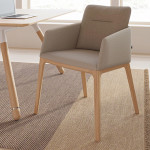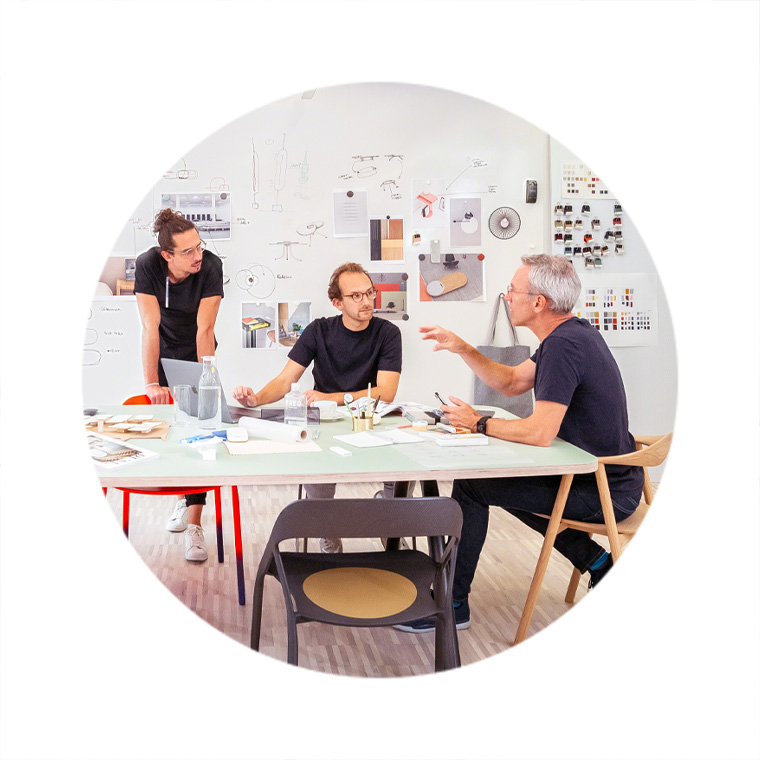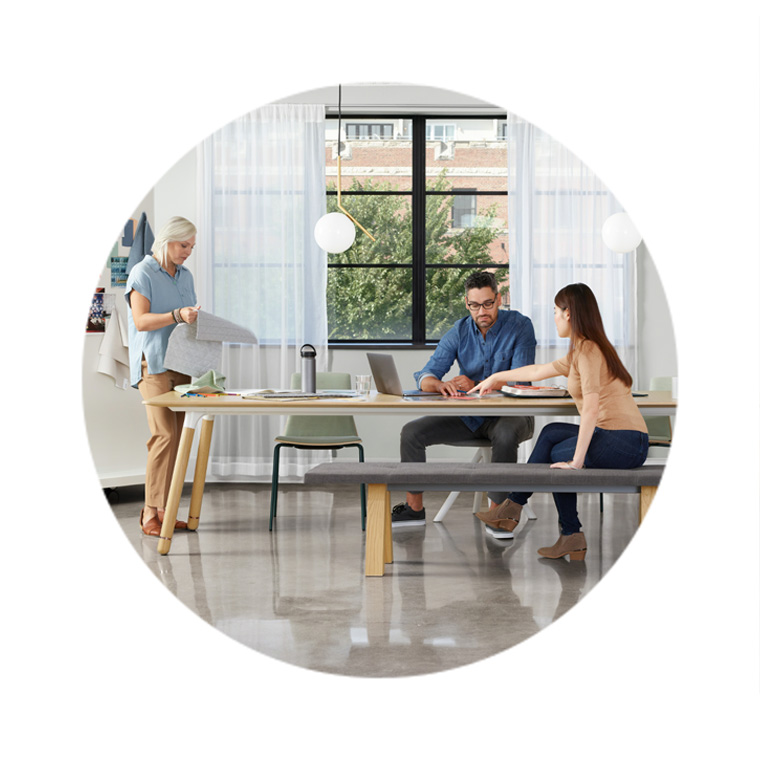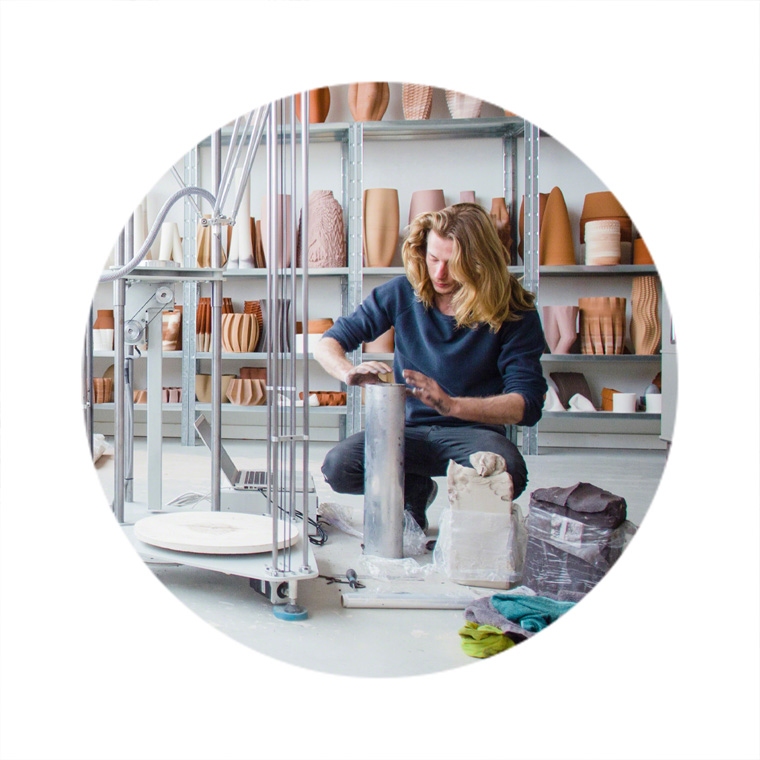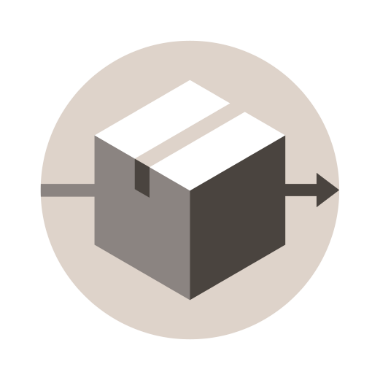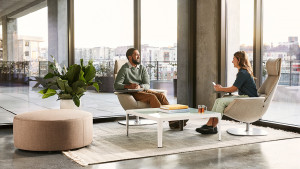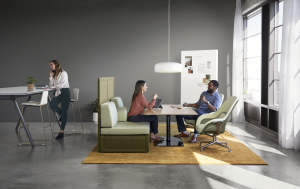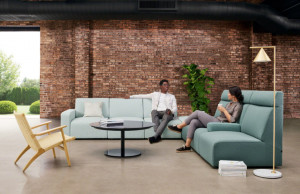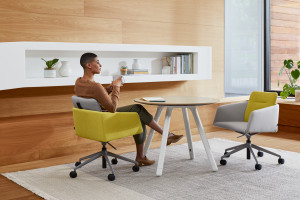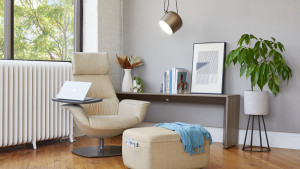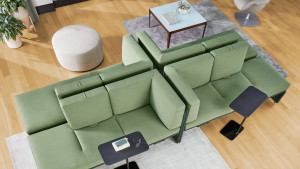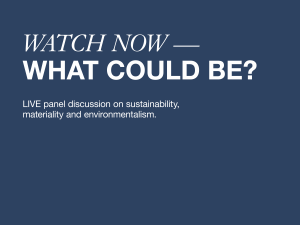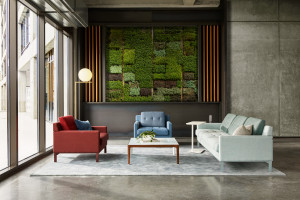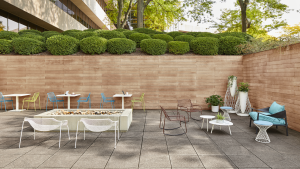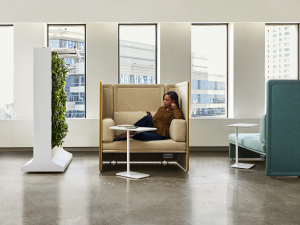Workplace Design Trends Support Flexibility & Choice
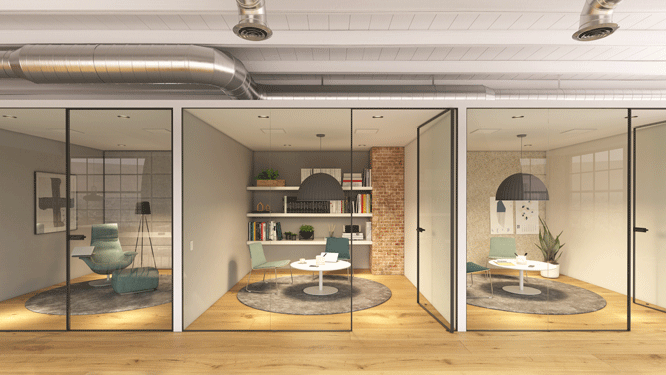
The modern workplace is dynamic – no longer a static, mundane routine with fixed hours and activities. Many organizations now offer a range of opportunities for people to personalize their work experiences to best fit their needs. The incentive for promoting flexibility and choice is clear: a recent survey found that one third of millennial workers left a job because it did not offer enough flexibility. In this month’s news aggregate, we explore changing perceptions regarding choice in the office and consider how this shift is shaping today’s companies.
Changing Perspectives
While past notions have endorsed work life balance, which assumes a separation between professional and personal life, more recent views encourage work life integration. Quartz discusses this outlook and suggests how thoughtfully merging the two realms can create a better work experience and prevent burnout.
Work Design Magazine notes that flexibility tops the benefits list for Generation Z workers, and consequently, recommends “hybrid” environments that merge private, heads down areas with open, collaborative settings.
The rise of co-working has also affected traditional ideas surrounding workplace choice and flexibility. In a commentary on the co-working phenomenon, Silicon Roundabout proposes that the new office will be “a lot less monolithic, and a lot more fluid and flexible.”
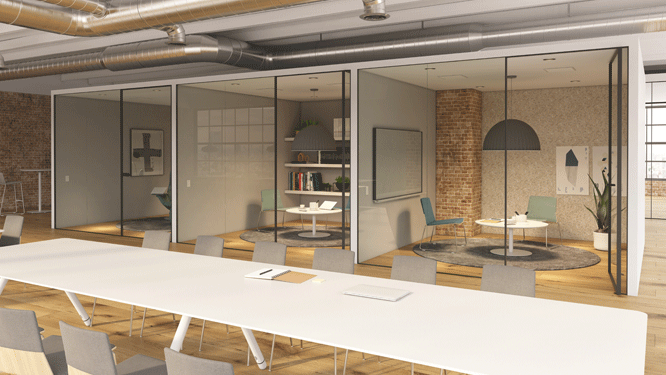
Offering a variety of spaces, that support different kinds of work, offer employees choice and flexibility in their work environment.
Custom Environments
Current perspectives are paving the way for a tailored work experience. Wired UK examines how the internet of things can be used to customize heat and lighting in specific workspaces, creating a “preference bubble” that promotes comfort on an individual level and reduces energy waste. Echoing this sentiment, Facility Executive explores research showing that personal control over factors like lighting and temperature enhances productivity and engagement.
A key part of customization is employee participation. Gensler On Work shares the importance of giving workers a voice in the design process, noting how Facebook encouraged a more meaningful connection to the office by allowing team members to create art on unfinished walls. Inc adds to this mindset, suggesting staff involvement so that they feel more “ownership and pride over the space.
Flexibility Matters
In a roundup of innovative organizations, Business Insider emphasizes mixed workspaces that accommodate a range of moods and activities as key components for the workplace of the future.
Furthermore, Forbes mentions flexible layouts as one of the biggest design trends that can boost productivity, health and happiness, and advocates for convertible standing desks, movable walls and multi-purpose areas that serve as meeting rooms and lounges. Forbes particularly spotlights Red Bull’s lounge-like London offices, in which the reception area turns into a bar after hours for colleagues to unwind.
Moreover, in an exploration of 2018 industry trends, Forbes comments that burnout and turnover will be a rising concern. Promoting a culture of choice can help address this issue, and forward-thinking employers are adapting by offering customizable spaces, personalized work arrangements, and versatile settings that can be repurposed and altered as needed.

